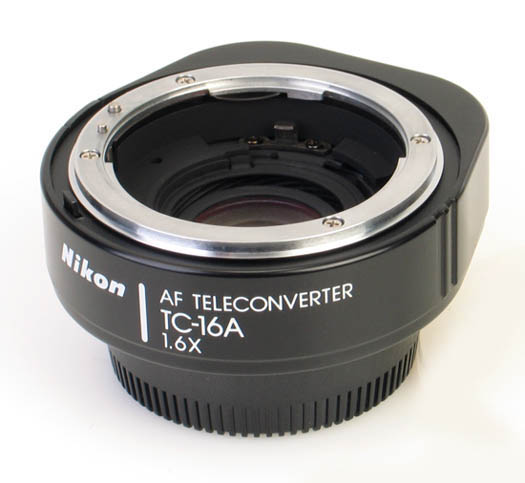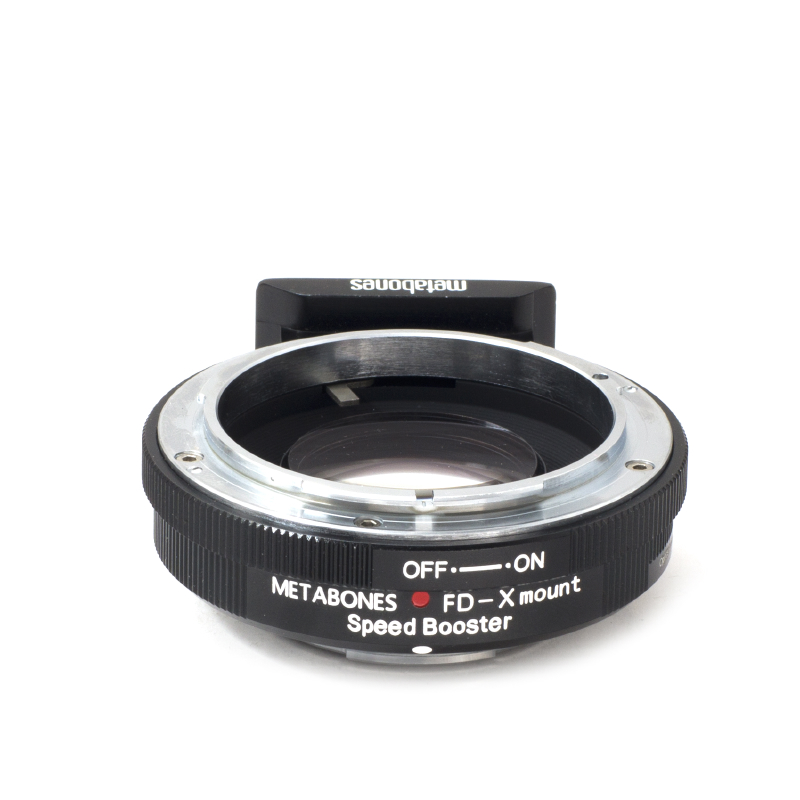Pure speculation:
Do you want a Fujifilm x camera?
First, one have to know what a "normal" camera is, how it is to use it, why it is built like it is, from both a photographers perspective and an engineering perspective and how to build and market it. Fuck, that is hard. Nobody can know all of that and that's why we have camera manufacturing corps and not one man camera shops.
When you have gathered all that competence, you still need to be able to ponder:
-We are not good enough, we need to turn taking photos into a different kind of experience. OMG, how do we do that?
Somehow you have to find the answer to that and then the really hard work starts. Now you need to convince everybody in the production team that they are fundamentally wrong about what a camera should really be like and that your vision is better. If you think: "I could do that!". Just try to convince even a single person they are wrong about how they should perform their work and that you know better!
Keeping that vision in the minds of all the staff will then be your never ending and most important task. Whenever they make a decision they have to consider what choice leads neither to a product that consumers recognise, a slightly easier development nor more profit in the short or medium run, but only what leads to a the envisioned different kind of shooting experience.
So, when one day, your head of firmware development approaches you and says:
- Boss, you know this new sensor that we are working with, it can do 4k video. We already have five black and white film simulation modes and if we skip acros we will have time to implement 4k video.
When that happens, its decision time. You know 4k is one of the hot buss words in the business and you know that most reviewers will say:
- Acros looks nice, but i shoot raw. 4k would have been useful.
You could just say, go with 4k then, but in your heart you know it is hard work time.
You send the firmware guy away with a camera, 5 rolls of across and 5 rolls of other iso 100 b&w films. Since you even considered him being right, you decide to shoot some acros yourself too. After a week or two, you have a few beers with him and the longer the evening gets, the more the both of you whine about how you never want to shoot digital again. But in the end you know what you have to do.
Next day you call him back to you office and tell him:
- Yesterday at the pub, we talked about the film experience as a whole but we can't implement all that in our next camera. So today tell me about something we can do something about, tell me about acros and what sets it aside from the rest of the films you shot!
He starts with praising the details compared to the hp5+, the lack of reciprocity compared to t-max, the flatness compared to tri-x but that is just general praise of a good film. Not until he starts talking about how the tonality differs and how contrasty photo paper he was able to use when making copies without loosing details in the shadows do you know you have the vision back in his mind.
You tell him:
- People spend hours in front of their computers instead of behind their cameras trying to achieve that look, and they do it over and over again. Now go back to your team and make them understand why we can't release this camera before we can save our customers from those hours of post processing.
Later that day the head of user interface design knocks on your door and you know there is more hard work to be done...
_________________
I want a camera made with that passion. Of course, i don't know what happens behind Fuji's doors and i don't really care whether i'm even close to anything that could resemble the truth with this story. But i do care that it feels like its designed with this kind of passion. That catching up with better specs and new features that other brands introduce only comes after making shooting more fun, more passionate and with less post work. It brightens my day and frees my nights up from using Lightroom.
Thanks Fujifilm for putting in all this hard work to be able to produce cameras like this!
Now i only wish i could afford an x-pro2 as well.
I don't know if you want one, but I sure know that I do.


